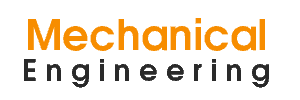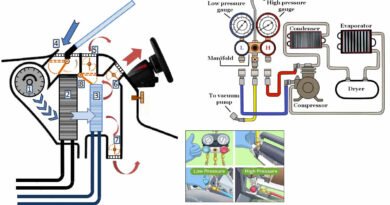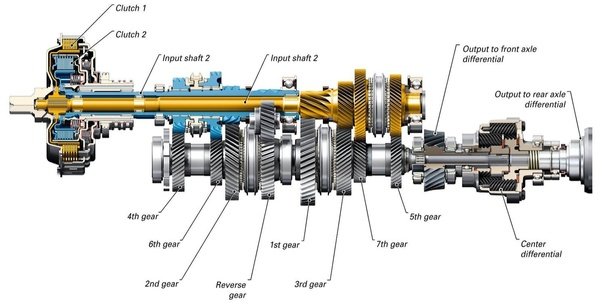Automotive engine parts
Introduction:
Automotive engine parts are one of the most important components of a vehicle. They work together to generate power and propel the vehicle forward. The automotive engine is a complex system with many parts that need to work in harmony for optimal performance. This article will explore the various engine parts, their functions, and how they work together to power a vehicle.
Engine Block:
The engine block is the main structure of the engine. It houses the cylinders, pistons, crankshaft, and other important components. The engine block is typically made of cast iron or aluminum and is designed to withstand high temperatures and pressures. The cylinders are bored into the engine block, and the pistons move up and down within them. The engine block also contains oil passages and coolant passages that help keep the engine lubricated and cool.

Pistons:
Pistons are cylindrical components that move up and down within the cylinders. They are typically made of aluminum alloy and have rings that seal the combustion chamber. The rings also help to prevent oil from entering the combustion chamber. The top of the piston is called the crown, and it is designed to withstand the high temperatures and pressures generated during combustion. The piston connects to the crankshaft via a connecting rod.

Connecting Rods:
Connecting rods are the components that connect the pistons to the crankshaft. They are typically made of steel and have a bearing on each end. The bearing on the piston end is called the wrist pin, and the bearing on the crankshaft end is called the big end. The connecting rod is responsible for transmitting the force generated by the combustion of fuel and air to the crankshaft.
Crankshaft:
The crankshaft is the component that converts the up-and-down motion of the pistons into rotational motion. It is typically made of forged steel and has journals that support the connecting rods. The crankshaft has counterweights that help balance the engine and reduce vibrations. The crankshaft also drives the timing belt or chain, which controls the opening and closing of the engine’s valves.

Camshaft:
The camshaft is responsible for operating the engine’s valves. It is typically located in the cylinder head and is driven by the crankshaft via a timing belt or chain. The camshaft has lobes that push on the valve lifters, which in turn operate the valves. The camshaft is designed to open and close the valves at the correct time to ensure efficient combustion.

Valves:
Valves are the components that allow fuel and air into the combustion chamber and exhaust gases out. There are two types of valves: intake valves and exhaust valves. The intake valves allow fuel and air into the combustion chamber, while the exhaust valves allow exhaust gases to exit. The valves are operated by the camshaft, which opens and closes them at the correct time.

Timing Belt or Chain:
The timing belt or chain is responsible for ensuring that all of the engine’s components work in synchrony. It connects the crankshaft to the camshaft and ensures that the valves open and close at the correct time. The timing belt or chain is typically made of rubber or metal and has teeth that mesh with the teeth on the camshaft and crankshaft sprockets.

Oil Pump:
The oil pump is responsible for circulating oil throughout the engine. It is typically located in the oil pan and is driven by the crankshaft. The oil pump sucks oil from the oil pan and pumps it through the oil passages in the engine block and cylinder head.




